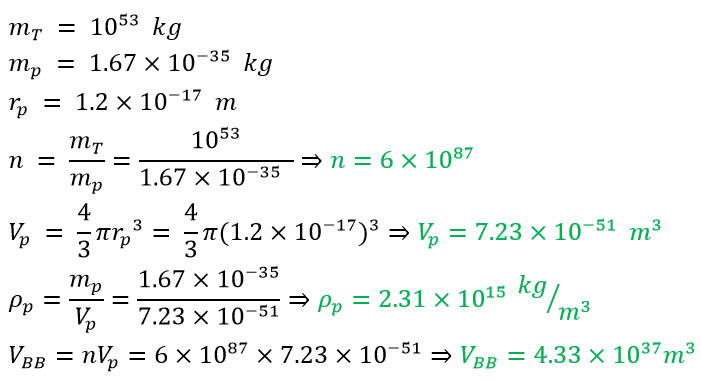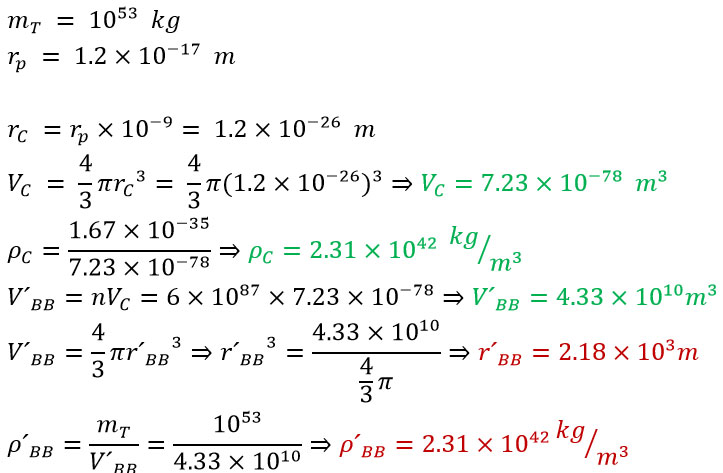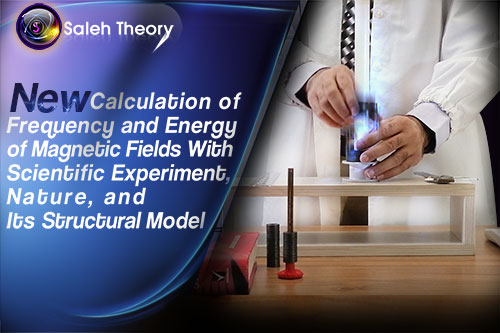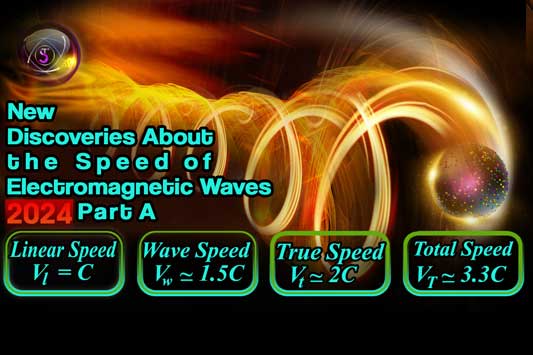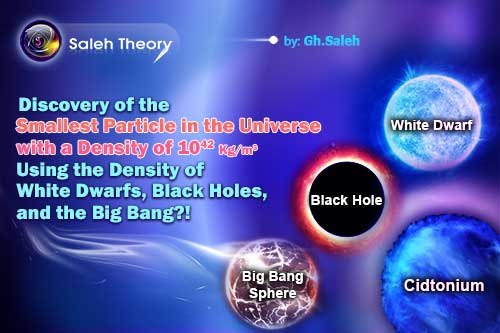
Discovery of the Smallest Particle in the Universe, with a Density of 1042 kg/m3 Using the Density of White Dwarfs, Black Holes, and the Big Bang?!
The ancients believed that the materials are made up of four elements: Fire, Air, Water and Earth. Over time, with the progress of science, materials were classified based on the constituent molecules, and then they were classified based on the constituent atoms of the molecules, which are the same elements.
If you consider the periodic table of elements (Mendeleev's table), the mother of all elements is Hydrogen, which by adding electrons, neutrons, and protons in atoms, we reach newer elements.
The interesting point is that the elements with their structures are changed physically and chemically, that if we pay attention to the elements in Mendeleev's table, the density range starts from Hydrogen (about 0.09 kg/m3) and continues to Osmium (22590 kg/m3).
After the elements of Mendeleev's table, in which some of them have partly high density, we reach objects in the universe such as white dwarfs, magnetars, black holes, etc. If it looks carefully, the density range of these objects is 1014 to 1020 kg/m3.
As we know, the nature of these objects is no longer atomic, but their structure has been broken and they do not have the previous atomic structure, in fact, these are atomic nuclei (nucleons) that are placed together and create high density.
Now if we want to get the constituent of the Big Bang, we can suggest the photon as the option which is the smallest, lightest, fastest, and ... particle in the world. According to this particle, the volume and density of the Big Bang will be:
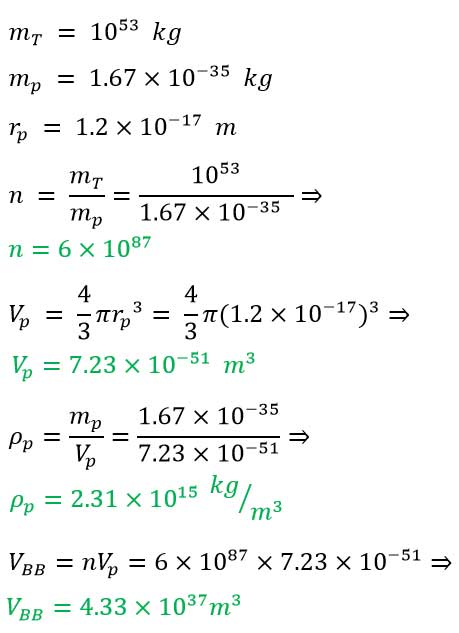
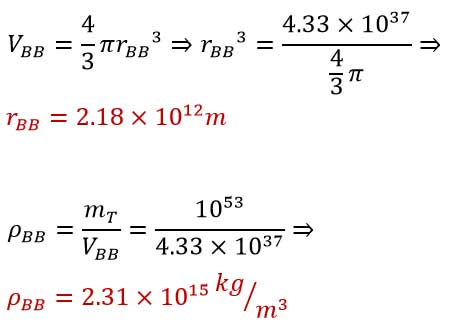
Where mT is the total mass of universe, n is the number of photon, mp,rp,Vp and ρp are the mass, radius, volume and density of the photon and rBB,VBB and ρBB are the radius, volume and density of the Big Bang sphere.
Considering that the density of the Big Bang obtained by using photons is not more than 1015 kg⁄m3 and the radius of the Big Bang sphere will be from the Earth to Jupiter. So, it could not be a suitable choice for the Big Bang, because it does not meet the definition that we expect for the Big Bang. In order to achieve our desired goal, we define a particle whose radius is one billionth of a photon, “Cidtonium”. According to definition of this new particle we have:
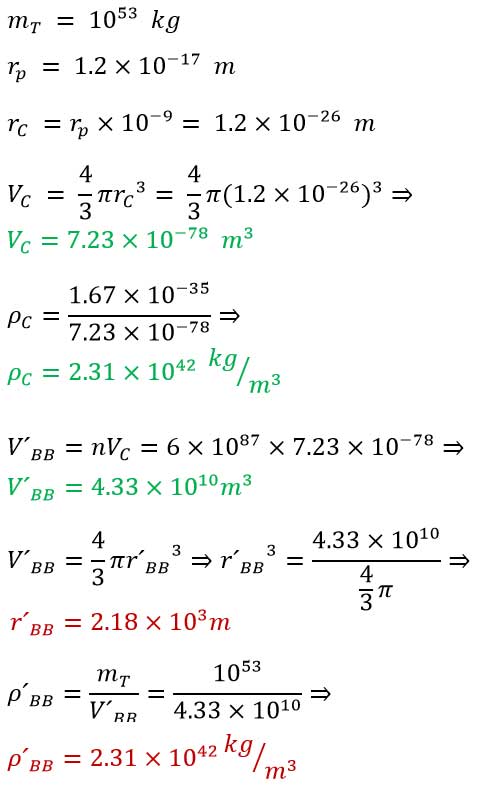
Where mT is the total mass of universe, n is the number of Cidtonium, rC,VC and ρC are the radius, volume and density of the Cidtonium and rˊBB,VˊBB and ρˊBB are the radius, volume and density of the Big Bang sphere based on Cidtonium.
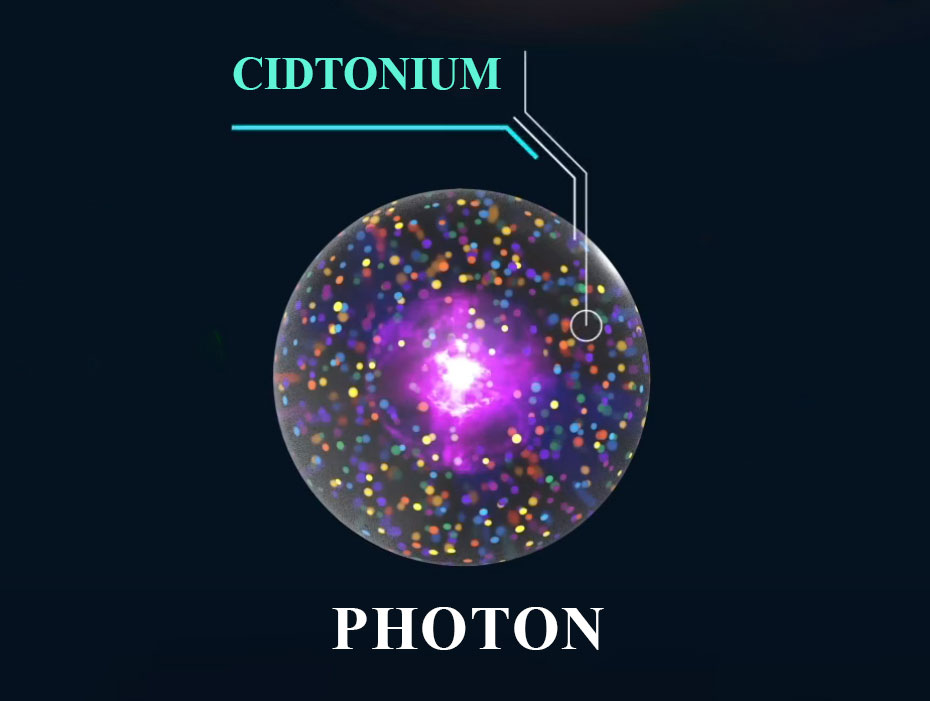
The Big Bang density is 1042 kg⁄m3. Therefore, this particle could be a suitable choice for the nature of the Big Bang.
Result:
The defined particle is the same sub-photon, which its radius is 10-9 of a photon, or its volume is 10-27 of the volume of a photon.

